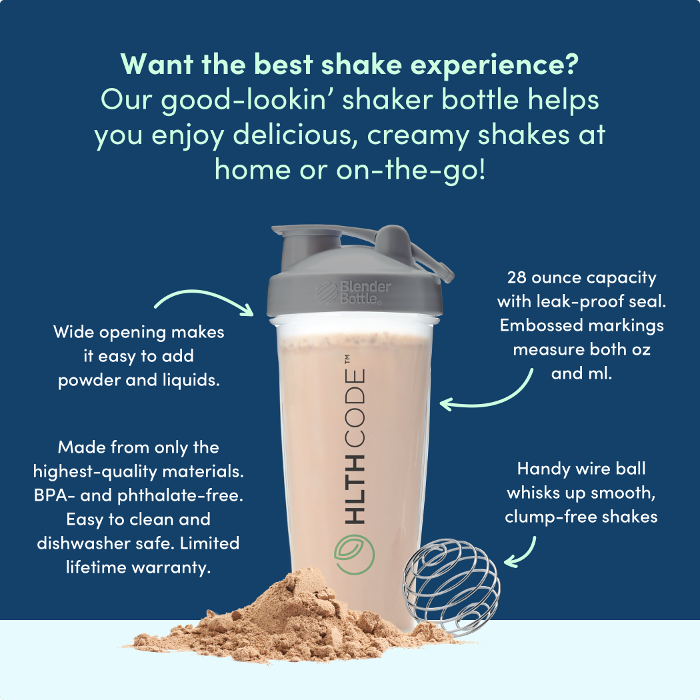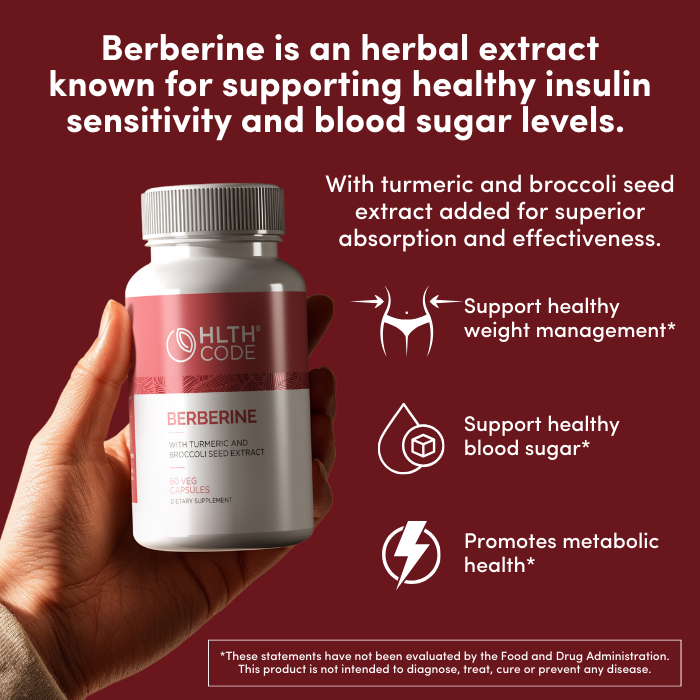The Metabolic Consequences of Stress

We all know what stress is. The higher heart rate, the feeling of anxiety, and sweaty palms. But these obvious signs of stress are merely one aspect of a complicated and multi-faceted process.
There are numerous ways to define stress, but to understand its metabolic effects, we need to understand what happens to hormones. Two hormones reign supreme in the context of stress: epinephrine and cortisol. In a way, these hormones have little in common. They’re produced by very different types of cells, they are themselves very different types of hormones, they move differently in the blood, and affect different cells. However, despite these differences, they have one important effect in common–they both increase blood glucose. And this puts them at odds with insulin, which aims to lower blood glucose.
In the earliest stages of stress, epinephrine increases heart rate and blood pressure–it’s responsible for the main things we feel when we think about stress. But too much epinephrine for too long is capable of causing insulin resistance. In one study from Yale University, healthy men underwent several assessments to measure insulin sensitivity with or without an infusion of epinephrine. After just two hours of epinephrine infusion, insulin sensitivity dropped by over 40% [1].
While other hormones are released into the blood with stress, cortisol is considered the prototypical stress hormone, and many of the consequences of long-term stress are a result of cortisol’s actions on the body. Cortisol wants us to have enough energy to get us through what we perceive to be a stressful situation. To get us that energy, cortisol is determined to raise our blood glucose—and so the hormone will tell the liver to make glucose out of anything it can get, including amino acids (from muscle protein) and glycerol (from fats).
Cortisol is particularly determined to increase blood glucose, and while it’s working, insulin is trying to reduce blood glucose. These two hormones are counter-regulatory—that is, they act against one another. But in this fight, cortisol wins; cortisol makes the body remarkably insulin resistant, which is associated with a steady increase in blood insulin over time [2]. One of the more dramatic examples of this scenario is Cushing Syndrome—a family of disorders that results from the adrenal glands producing too much cortisol. As you would expect, individuals who develop Cushing Syndrome, whether as a result of a hormone issue or another abnormality, go from being perfectly insulin sensitive to highly insulin resistant after the cortisol starts to climb [3].
That the two main stress hormones cause insulin resistance makes a certain sense. Imagine if you were forced to flee a dangerous situation; you would benefit from the effects of cortisol and epinephrine, which would acutely act together to increase blood glucose and fats, which would provide a readily-used fuel for your muscles to help get you away. If insulin were high in that condition, you would push glucose into tissues that don’t need the glucose, particularly fat tissue. By making the body insulin resistant, these stress hormones ensure that the tissue that needs fuel, such as the muscle, can get it (which it does through insulin-independent mechanisms when it’s contracting). Unfortunately, the effects of cortisol are the same in whatever situation we perceive as stressful—whether that’s running away from a predator, arguing with a loved one, or even staying up late studying.
Because there are so many triggers of stress, it’s little surprise that there are numerous strategies that can mitigate stress and soften its metabolic effects. Perhaps the most impactful is sleep. Sleep deprivation is a common stressor, increasing cortisol and epinephrine and causing insulin resistance after just one bad night. Thankfully, one good night of sleep can offset that negative metabolic pressure and restore insulin sensitivity. So, if stress is a driver of your metabolic problems, aim to improve your sleep. There are two things to keep in mind for this: bright lights and late snacking. By avoiding bright light, you encourage an appropriate release of melatonin, which facilitates good sleep. By avoiding late snacking, you go to bed with normal glucose levels. When glucose is elevated at bed time, it pushes up your body temperature. And when body temperature is elevated, it makes for a miserable night of sleep. In sum, “dark and cool” is the best way to promote good sleep, which is the best way to offset the metabolic consequences of stress.
References:
- Deibert, D.C. and R.A. DeFronzo, Epinephrine-induced insulin resistance in man. J Clin Invest, 1980. 65(3): p. 717-21.
- Holland, W.L., et al., Inhibition of ceramide synthesis ameliorates glucocorticoid-, saturated-fat-, and obesity-induced insulin resistance. Cell Metab, 2007. 5(3): p. 167-79.
- Fukuta, H., et al., Characterization and comparison of insulin resistance induced by Cushing Syndrome or diestrus against healthy control dogs as determined by euglycemic- hyperinsulinemic glucose clamp profile glucose infusion rate using an artificial pancreas apparatus. J Vet Med Sci, 2012. 74(11): p. 1527-30.
This article is for informational and educational purposes only. It is not, nor is it intended to be substitute for professional medical advice, diagnosis, or treatment and should never be relied upon for specific medical advice.



















